Pagebreaks of the print version

KURSK 1943
THE GREATEST BATTLE OF THE SECOND WORLD WAR
Modern Military History
Series Editors
ALARIC SEARLE, Professor of Modern European History, University of Salford, UK
DONALD STOKER, Professor of strategy and Policy, us Naval War college, Naval Postgraduate School, Monterey, CA, USA
This series is dedicated to making available, at a reasonable price, quality academic military history, based on innovative and thorough scholarly research. While the main emphasis is on the publication of single-authored monographs, there will be scope for edited collections which focus primarily on new perspectives and evidence, as well as occasional translations of important foreign-language studies. Modern Military History will be framed in an inclusive fashion, so that it encompasses armies, navies and air forces. While the traditional core concerns of military historysuch as tactics, combat experience, technology, strategy and officer educationremain important fields of consideration, the encouragement of new angles and original approaches, whether methodologically, geographically or thematically, form a significant part of the editors agenda.
Titles
No 1 Genesis, Employment, Aftermath: First World War Tanks and the New Warfare, 1900-1945 edited by Alaric Searle (ISBN 978-1-909982-22-2)
No 2 Naval Advising and Assistance: History, Challenges, and Analysis edited by Donald Stoker and Michael T. McMaster (ISBN 978-1-911512-82-0)
No 3 Expeditionary Police Advising and Militarization: Building Security in a Fractured World edited by Donald Stoker and Edward B. Westermann (ISBN 978-1-911512-86-8)
No 4 Kursk 1943: The Greatest Battle of the Second World War by Roman Tppel (ISBN 978-1-912390-03-8)
Kursk 1943
The Greatest Battle of the Second World War
Modern Military History No.4
Roman Tppel
 Helion & Company
Helion & Company
For Virginie
Helion & company limited
Unit 8 Amherst Business Centre
Budbrooke Road
Warwick
CV34 5WE
England
Tel. 01926 499 619
Fax 0121 711 4075
Email:
Website: www.helion.co.uk
Twitter: @helionbooks
Visit our blog http://blog.helion.co.uk/
Published by Helion & Company 2018
Designed and typeset by Mach 3 Solutions Ltd ( www.mach3solutions.co.uk )
Cover designed by Paul Hewitt, Battlefield Design ( www.battlefield-design.co.uk )
Text Roman Tppel 2018
Translation by Katharina Straub, Bern, Switzerland
Photographs as individually credited
Maps drawn by George Anderson Helion & Company Limited 2018
Front cover: Panzerkampfwagen IV of the Leibstandarte s Panzer Regiment advancing on Teterevino (North) on 6 July 1943. (Private Collection)
Every reasonable effort has been made to trace copyright holders and to obtain their permission for the use of copyright material. The author and publisher apologize for any errors or omissions in this work, and would be grateful if notified of any corrections that should be incorporated in future reprints or editions of this book.
ISBN 978-1-912390-03-8
eSBN 978-1-912866-79-3
British Library Cataloguing-in-Publication Data.
A catalogue record for this book is available from the British Library.
All rights reserved. No part of this publication may be reproduced, stored in a retrieval system, or transmitted, in any form, or by any means, electronic, mechanical, photocopying, recording or otherwise, without the express written consent of Helion & Company Limited.
For details of other military history titles published by Helion & Company Limited contact the above address, or visit our website: http://www.helion.co.uk.
We always welcome receiving book proposals from prospective authors.
List of Illustrations
In plate section
Field Marshal Erich von Manstein (foreground, right) during an exercise in the vicinity of Kharkov on 26 June 1943 on the occasion of a visit from Turkish Colonel-General Cemil Cahit Toydemir (centre). Mansteins disappointment with the shooting demonstration is reflected in his face. On account of his skills he was considered an operational genius at that time already. (Private collection)
Russian farmers constructing field fortifications in the sector of the Soviet Central Front north of Kursk on 2 July 1943. Both the Soviets and the Germans employed the local population for construction work on a large scale. According to Soviet sources, the Red Army called on 300,000 civilians to build the elaborate defensive system in the Kursk salient. (Russian State Archive of Film and Photo Documents, hereafter RGAKFD)
Panzerkampfwagen VI Tiger of the 2 Coy of the 503rd Heavy Panzer Battalion. This company had a stroke of bad luck on the first day of Operation Citadel: it lost 13 of its 14 Tigers, nine of which were damaged by mines. All in all, however, the company only had to write off two Tigers as total losses during the attack on Kursk. (Private collection)
Brand-new Panzerkampfwagen V Panthers, version D, are loaded for rail transport. It was at Kursk that the Panther was first deployed at the front. During Operation Citadel, 200 Panther tanks were used by Panzer Regiment 39, 58 of which were destroyed mostly due to incorrect tactical employment. (Open source)
Panzerkampfwagen IV with side-skirts. The pictured vehicle is the tank of the CO of the Panzer Regiment of the Leibstandarte SS Adolf Hitler; originally, it was a regular version G vehicle, which was then converted to a command tank featuring an additional radio set. (Private collection)
StuG III version G assault gun of the SS Panzergrenadier Division Totenkopf. For the attack on Kursk, the Totenkopf Division had 35 assault guns at its disposal. The vehicles were generally well-liked by the troops. One of its advantages was its low profile, making it difficult for the enemy to target the vehicle. (Private collection)
A Ferdinand of the 653rd Heavy Tank Destroyer Battalion. The battalion had 44 Ferdinands at its disposal, six of which were destroyed during the attack on Kursk. Due to their heavy armour and superior guns, the Ferdinands were considered a veritable life insurance policy by their crews. (Private collection)
Soviet self-propelled gun SU-152, armed with a 152mm howitzer ML-20S. The SU-152 was used as heavy assault gun and tank destroyer by the Red Army. It was a dangerous opponent for the German tanks and self-propelled guns. However, at the beginning of the Battle of Kursk, the Red Army only had 37 SU-152 at its disposal. (Private collection)
A Marder II tank destroyer of the SS Totenkopf Panzergrenadier Division during Operation Citadel in July 1943. Even though these light self-propelled tank destroyer played an important role in the battles around Kursk, they are not usually included in discussions of strength comparison in scholarship. (Private collection)
Soviet self-propelled gun SU-76 driving through the village of Staritsa north of Orl in August 1943. The SU-76 was the Soviet equivalent of the German Marder tank destroyer, even though its armament was no match for the heavy German tanks and self-propelled guns. (RGAKFD)
Wespe self-propelled gun of the Leibstandarte SS Adolf Hitler during Operation Citadel. The Wespe was armed with a 10.5cm light field howitzer, which was also effective against armoured targets. On 12 July 1943 at Prokhorovka, Wespe howitzers of the Leibstandarte destroyed several tanks of the Soviet 29th Tank Corps by direct fire. (US National Archives and Records Administration, hereafter NARA)

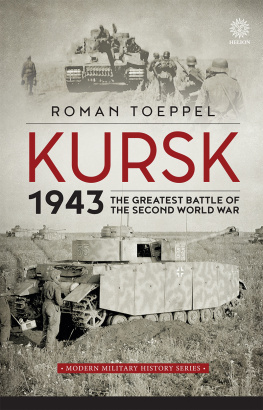
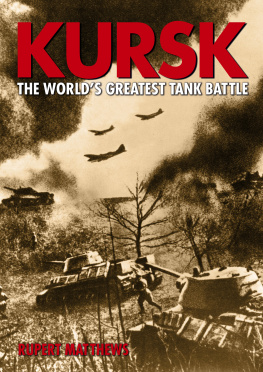


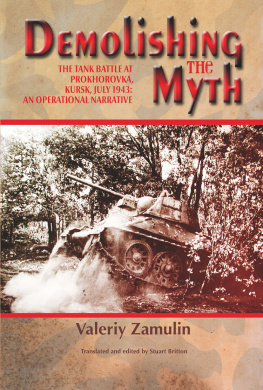
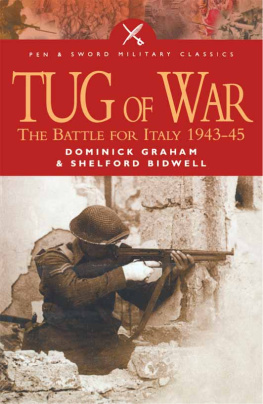

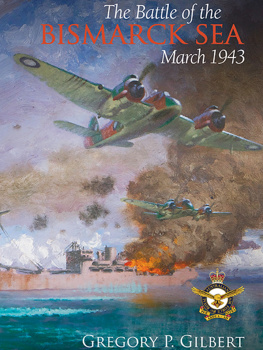
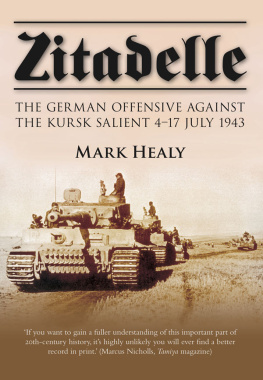
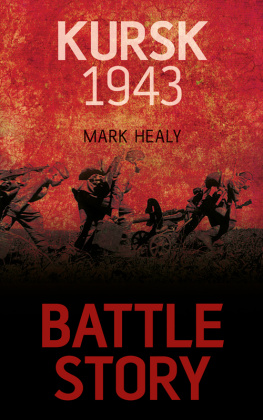


 Helion & Company
Helion & Company